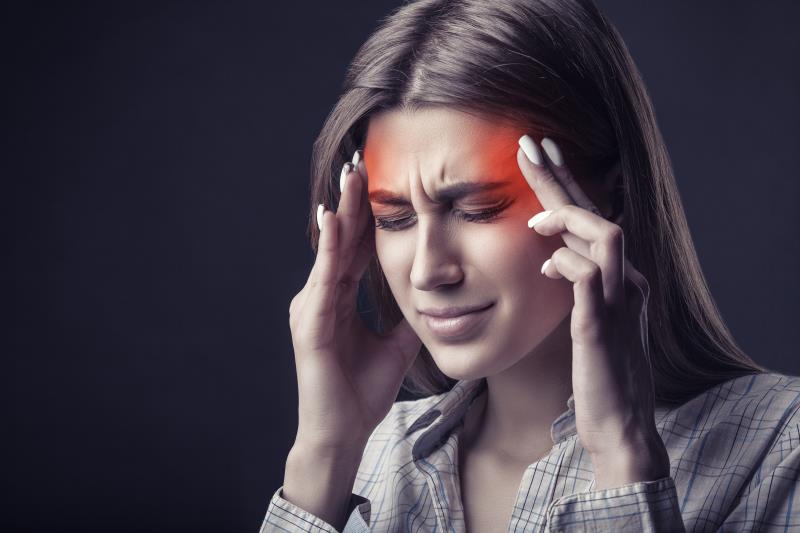
A new combination product (AXS-07), which consists of the triptan rizatriptan and the NSAID* meloxicam, led to rapid and sustained pain relief than treatment with either component alone or placebo in patients with a history of inadequate response to prior acute migraine treatment, according to data from the MOMENTUM study released during the AAN 2020 Meeting.
“There is an unmet need in the acute treatment of migraine. Current [available] treatments are suboptimal, [with] more than 70 percent of sufferers report dissatisfaction with existing acute treatments,” said the researchers.
“Suboptimal acute treatment is associated with an increased risk of chronic migraine. [Therefore,] there is an urgent need for new acute treatments that provide rapid, sustained, and improved efficacy for this serious neurological disease,” they added.
AXS-07 capitalizes on multiple mechanisms of action from a combination of triptan, which inhibits CGRP release and transmission of pain signal; and COX inhibitor, which targets neuroinflammation and reverses central sensitization.
The meloxicam in the combination product is delivered using a proprietary formulation that enhances its solubility and absorption rate after oral administration while maintaining an extended plasma half-life of meloxicam, the researchers explained.
“The multi-mechanistic approach of AXS-07 may represent a superior treatment choice for patients especially those with more difficult-to-treat migraine,” they said.
The double-blind, single-dose, multicentre MOMENTUM study randomized 1,594 patients (mean age 41 years) with a history of inadequate response to prior acute migraine treatments to receive a single dose of AXS-07, meloxicam 20 mg, rizatriptan 10 mg, or placebo in a 2:2:2:1 ratio to treat a migraine episode of moderate-to-severe pain intensity. [AAN 2020, abstract 46996]
AXS-07 led to significant improvements in the coprimary outcomes of freedom of both pain (19.9 percent vs 6.7 percent; p<0.001) and the most bothersome symptom (37 percent vs 24 percent; p=0.002) at 2 hours after dosing compared with placebo.
“[The] low placebo response for pain freedom at 2 hours was reflective of the difficult-to-treat patient population the study sought to enroll,” which according to the researchers represents an unmet need in acute treatment of migraine.
Furthermore, AXS-07 conferred rapid relief of migraine pain: the percentage of patients achieving pain relief with AXS-07 was numerically greater than rizatriptan alone at every time point measured after dosing, which became statistically significant over rizatriptan at 60 minutes (p=0.04) and sustained through 4 hours post-dosing (p=0.009).
In addition, significantly fewer patients in the AXS-07 group required rescue medication compared with those receiving either meloxicam or rizatriptan alone or placebo (23 percent vs 35 percent, 35 percent, and 43.5 percent, respectively; p<0.001 for all vs AXS-07).
The researchers also assessed superiority of using AXS-07 compared with its component alone and found that AXS-07 was superior over rizatriptan for multiple secondary endpoints including pain reduction, rescue medication use, and return to normal functioning.
AXS-07 was generally safe and well tolerated, according to the researchers. The rates of treatment-emergent adverse events (AEs) were 11.1 percent, 15.4 percent, 11.5 percent, and 6.0 percent for AXS-07, rizatriptan, meloxicam, and placebo, respectively.
Nausea was the most common AE reported across all treatment groups, occurring in 2.7 percent, 4.8 percent, 3.2 percent, and 3.7 percent of patients, respectively.